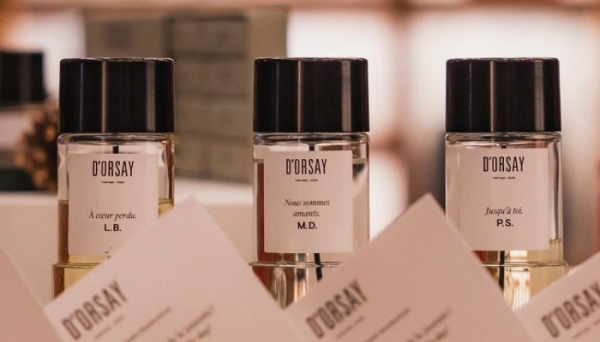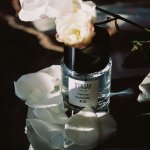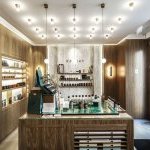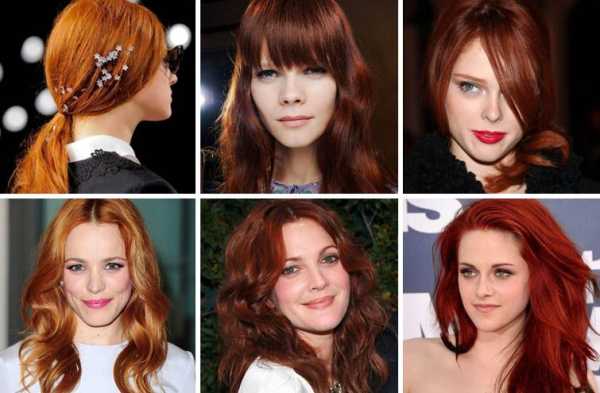
At a recent conference held by Cinquième Sens, Amélie Huynh, D’Orsay’s buyer, and Chloé Prigent, the brand manager, opened up about the changes they are bringing to the sleeping beauty.
It all started in 1830, when the Count Alfred d’Orsay created a perfume for his secret love, Lady Blessington. It was an intimate fragrance, a unisex one, before the concept even emerged. When his heirs found the formulas, they got the idea, in 1865, to found an enterprise with the reputation of the avant-gardist dandy.
Since then, D’Orsay perfumes have come a long way, changed hands several times, and enjoyed moments of glory in the 1920s-1930s, when up to 5 million bottles per item were sold every year, in particular in their stores located Rue de la Paix, in central Paris, and on 5th Avenue, in NYC. Relaunched by Marie Huet, who bought the company in 2007, the brand grew as part of the niche perfume world.
Since 2015, D’Orsay has belonged to the family group Æra Nova, alongside jeweller Statement, skincare specialist Holidermie (brands created out of nothing), and the wine estate Château Malromé, where hotel, art, and wellness experiences are offered. Æra Nova is co-managed by Amélie and Mélanie Huynh, two sisters who inherited their love of beauty and entrepreneurial spirit from a French mother and a Chinese father from Cambodia.
Redesigned branding
“It took us four years of reflection and upstream work to revive the brand. It had become outdated”, explains Chloé Prigent. “Beyond the perfume formulas, many of which disappeared, we had to build a whole brand architecture, while remaining true to D’Orsay’s history. Our signature, ‘perfumes born from a heartbeat’, takes us back to our origins. We chose the exploration of states of love as our common thread. This theme is universal”, adds Amélie Huynh.
Each perfume is actually named with a few words that seem to come from a love note signed with initials. The lovers’ secret correspondence was burnt, but the fragrance names arouse imagination. They follow the same semantic pattern, as can be seen with À cœur perdu. L.B., a reinterpretation by Fanny Bal of the perfume L’étiquette bleue. In addition, the 15 home fragrances are introduced as coded messages for love dates (00.30 En bas de chez toi).
A contemporary olfactory line
One of the historic successes, Tilleul, designed in 1915, was re-written by Olivia Giacobetti in 1995. She had to remaster it in 2020 to get around the ban on Lilial. It is now marketed under the name Vouloir être ailleurs. C.G., and still has its devotees.
However, if D’Orsay aims to bank on its history, the brand will not be locked into perfumery of the past.
For example, they decided to create unisex perfumes, because that is how Alfred d’Orsay would design them. As a consequence, Sidonie Lancesseur got the mission to merge two references, the women’s version of Le Dandy, imagined in 1925 by Henri Robert, and its 1999 men’s version, to create Dandy or Not. G.A.
French manufacturers
“Our manufacturers are French to remain consistent with the brand’s value proposal”, says Amélie Huynh. The young company director did not hesitate to take risks by investing right from the start in an in-house designed mould. “It is a simple, but unique bottle engraved with the name d’Orsay, and it leaves its place to the juice.”
The bottle is produced by Verreries Brosse (group Zignago Vetro). The magnetic cap is made from Bakelite produced by Technicaps. The glasses fitted with gadroons that are used for candles are made by Waltersperger.
“Nothing was left to chance”, continues Amélie Huynh: the cases created by Inpack’t and MR Cartonnage are coloured with English green, as a nod to Marguerite Blessington’s Irish blood.
A highly selective distribution
As regards distribution, the brand nestled in a store located 44 Rue du Bac, in Paris, on the Left Bank of the River Seine. “We wanted to root the brand in a place which embodied our values”, explains Amélie Huynh. “A store designed as a timeless space characterized by its noble materials – travertine, walnut wood, and brass – and its vertical lines.”
This first setting was quickly completed with a second store opened in Tokyo.
Now, at the end of 2024, the brand offers a collection of 17 unisex perfumes distributed in over 250 points of sales in Europe, Asia, the US, Australia, and South Africa, and counts about 12 employees. Its turnover grows at an annual rate of about 50%.
The current global bestseller is Sur tes lèvres. E.Q. by Dominique Ropion (IFF), and the perfume Une Rose au paradis. R.B is the best-seller in South Korea. The perfume Sweet Disruption. W.T. was mainly launched in Japan in 2024. “For the moment, in Asia, we are successful in Japan and South Korea, because these customers are much attached to details and receptive to our brand’s subtleties”, explains Amélie Huynh.
Perfumes are now given simpler names to clearly announce the type of fragrance and a material. “Our foreign customers struggle with remembering such French names, so they often refer to our perfumes by their initials”, explains Chloé Prigent.
To adapt to the demand for intense perfumes, D’Orsay has just launched three extracts with evocative names: Flower Lust, Tonka Hysteria and Incense Crush, respectively created by Dominique Ropion (IFF), Jordi Fernandez (Givaudan), and Julien Rasquinet (CPL Aromas). These love philters adopt international language codes.
Portfolio











